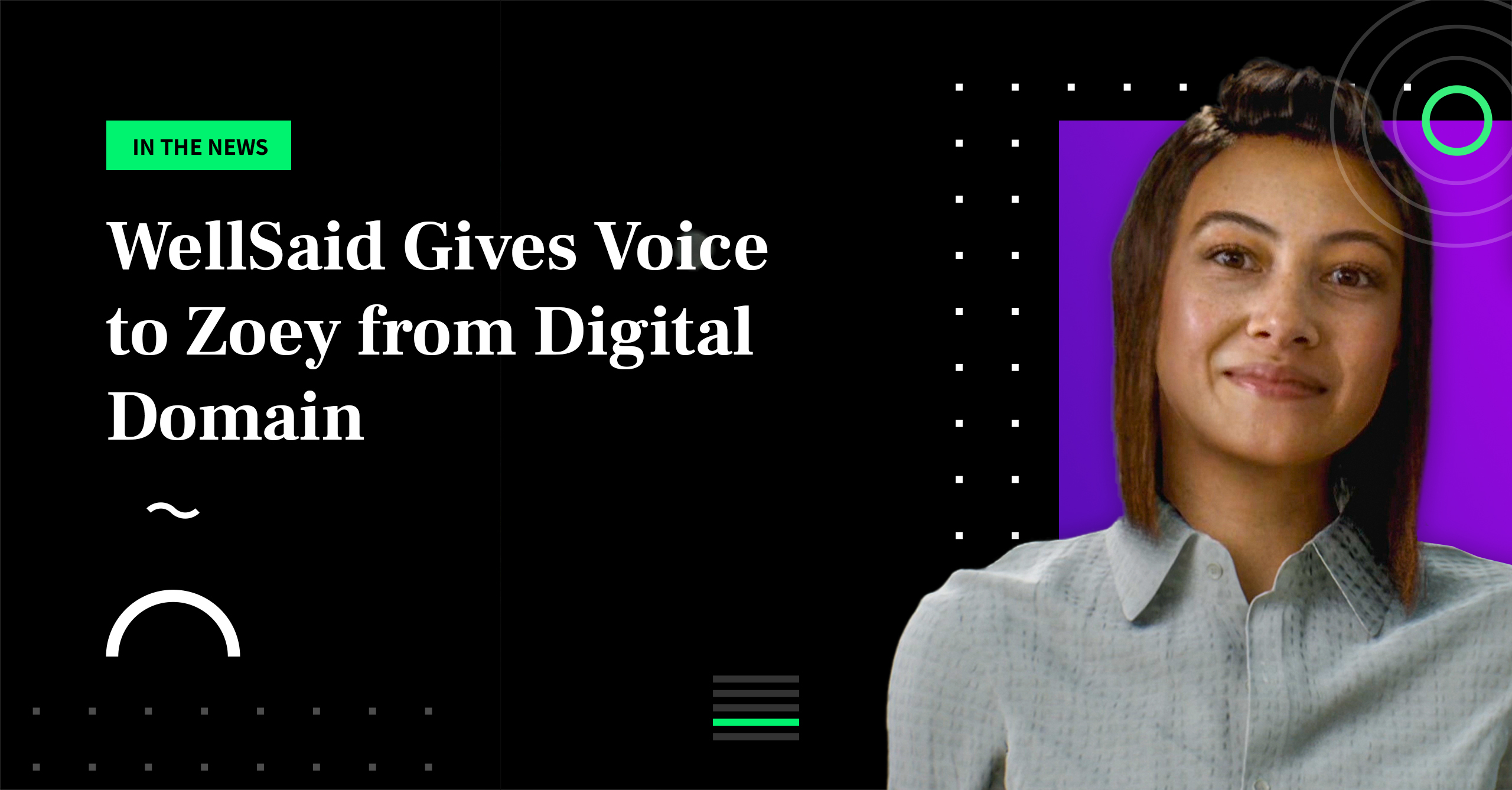If you are keeping up with the latest Generative AI news, you have probably seen AI video avatars. These avatars, powered by advanced machine learning algorithms, are virtual representations of real people. With the evolution of text-to-speech now providing lifelike voices for these avatars, they are more useful than ever.
Let’s discuss a few specific examples. We’ll also touch on the ethical questions of AI video avatars.
What are some uses for video avatars?
In recent years, the use of AI video avatars has become increasingly popular. They can be used in a variety of ways, from customer service to entertainment.
AI video avatars are revolutionizing the way we communicate and interact with one another.
DOWNLOAD OUR FREE EBOOK TO LEARN MORE
Customer Service Interfaces at Scale
One of the most significant benefits of AI video avatars is their ability to provide personalized and efficient customer service.
For example, a customer may interact with an AI avatar to get answers to their questions or assistance with a product or service. AI avatars can be programmed with vast amounts of information. Thus, they can provide more accurate and comprehensive answers than human customer service representatives.
Additionally, AI avatars can interact with customers 24/7. Business can now provide around-the-clock service without the need for additional staffing.
Real-Life Example: Synthesia
Moving beyond video voiceover, Synthesia’s lifelike video avatars make digital learning material come to life. Whether used for training modules, customer support, or product marketing, the Synthesia avatars improve retention of information.
One Synthesia customer reported a 30% increase in engagement with e-learning materials for a training module. By using video avatars for training materials, others reported being able to reduce video creation time by 80%.
Entertainment Uses of AI Video Avatars
Another use case for AI video avatars is in the entertainment industry. Virtual influencers and digital celebrities are on the rise. AI avatars create engaging and interactive content for audiences.
An AI avatar could also respond to comments and questions on social media. This application could create a more personalized experience for followers. Additionally, AI avatars work well in gaming and virtual reality environments. Players would have a more customized and immersive experience.
Bringing Educational Content to Life
AI video avatars are perfect for training and education. One idea is for medical students to practice diagnosing patients. Another example is language learners could practice conversing with an AI avatar to improve their language skills.
We can also program AI avatars to provide immediate feedback and guidance. This feature means they can be valuable tools for improving learning outcomes. The educational possibilities are endless!
Accessibility with AI Video Avatars
Finally, AI video avatars create more inclusive and accessible communication. For individuals with disabilities or those who speak different languages, AI avatars can provide a way to communicate more effectively.
An AI avatar could be programmed to translate spoken language into sign language. Imagine how much more accessible this would make information for those who are deaf or hard of hearing.
What to Consider Ethically
As with any AI technology, there are ethical considerations with AI video avatars. One risk is bad actors using them to spread misinformation. Some video avatars look like legitimate news sources. There have been cases of special interests using them to look official while sharing propaganda.
There is also the potential (eventually) for the technology to be able to impersonate an individual. Celebrities and politicians are especially susceptible to this kind of fraud. However, it isn’t hard to imagine how normal people could be harmed, too.
It is imperative that AI video avatar providers thoughtfully consider content moderation and put safeguards in place. When choosing an avatar for your uses, be sure you agree with their ethical stance.
A Final Word
In conclusion, AI video avatars have the potential to transform the way we communicate and interact with one another. From customer service to entertainment, training, and education, AI avatars can provide personalized and efficient experiences that were previously unavailable. As the technology continues to advance, we can expect to see even more innovative use cases for AI video avatars in the future.




